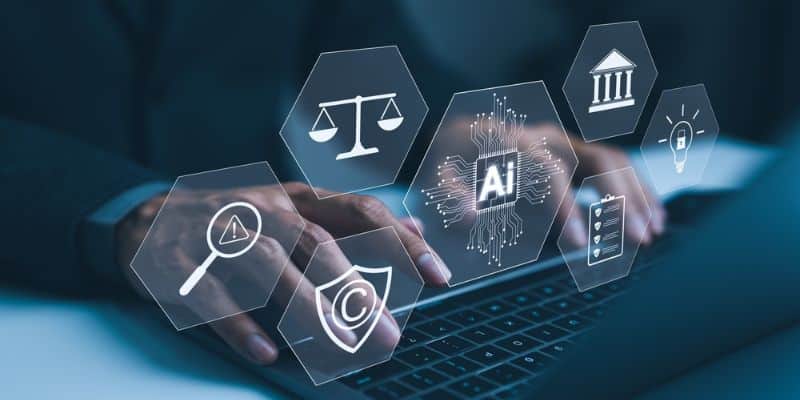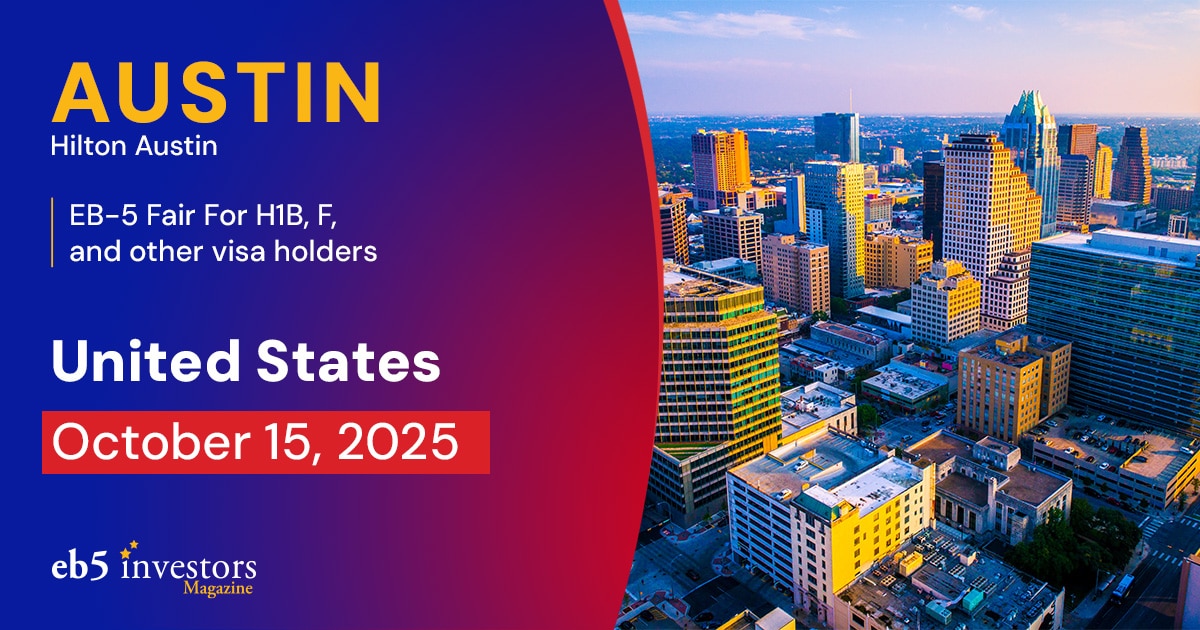
Artificial intelligence isn’t just a buzzword—it’s fundamentally transforming how immigration attorneys, broker-dealers, and EB-5 investors conduct their work.
Over the past year, there has been a surge in the popularity of AI-powered platforms, each with its approach to solving complex problems using large language models and deep search technology.
Emerging AI tools in the EB-5 landscape
These AI tools are quietly revolutionizing diligence and legal research in the EB-5 visa world. Here are ten AI-based search platforms gaining the most traction among users today:
1. ChatGPT (OpenAI) – Still the most widely adopted for general and customizable use cases.
2. Claude (Anthropic) – Known for safety-first design and deep comprehension of legal language.
3. Perplexity.ai – A research-focused chatbot that returns sourced answers with citations.
4. You.com – An AI-powered search engine combining chatbot results with web results.
5. Google Gemini (formerly Bard) – Google’s response to AI search, integrated across Workspace.
6. Microsoft Copilot – Embedded in Office apps and Bing search, heavily used by enterprises.
7. Aria (Opera) – Built into the Opera browser with real-time web search and GPT capabilities.
8. NeevaAI (acquired by Snowflake) – Once a popular privacy-focused AI search tool.
9. Meta AI Assistant – Available across Facebook, Instagram, and WhatsApp.
10. Andi.ai – A Gen Z-friendly search tool offering visuals, summaries, and citation-driven results.
Revolutionizing diligence: AI platforms for investors and EB-5 attorneys
While technology and media use these tools, their application is expanding into other sectors, such as law, finance, and immigration. In the EB-5 investment immigration sector, AI is transforming how attorneys handle casework and how investors assess opportunities.
“There are a ton of products that keep coming out for immigration attorneys,” said Mike Harris, an AI educator and immigration technology advisor. “Everyone is trying to add AI into their tech stack. I’m developing a course now with AILA National on building custom GPTs using the ChatGPT platform.”
Developers create powerful tools through their customizability. Immigration law firms can now build GPTs that are trained on USCIS policies, I-526 and I-829 approval trends, and common country-specific issues for the source of funds. Research that once took hours—such as validating a chain of transfers from a foreign bank—can now be modeled, summarized, and flagged for potential issues in minutes.
Broker-dealers and individual EB-5 investors are also incorporating AI tools into their diligence workflows.
“If you use deep search and language models, it’s possible to get all the public information on a Regional Center and a project,” explained one immigration analyst. “You can even compare it against sample projects in the market.”
Marjan Kasra, founder of Lawmaks and a longtime EB-5 immigration attorney, sees this shift firsthand. “We’ve noticed that investors have started using this as a part of their diligence,” she said. “It’s always a good idea to have a couple data points and use artificial intelligence to look into various successes and failures of particular deals—especially when you’re looking into the background of the principals.”
Those on the financial side echo that sentiment. Matthew Khalili, a registered representative from a FINRA-licensed broker-dealer, added: “You used to rely mostly on PPMs, broker summaries, and in-person meetings. Now, with the right prompts and AI tools, we can run through history, lawsuits, background checks, and even match up promises against past performance in similar deals. It’s not perfect, but it’s evolving fast.”
Looking ahead: The future of immigration law and AI collaboration
In the broader legal world, AI is also automating contract review, redlining, and risk assessment. Companies like Harvey.ai (built on OpenAI) are working directly with major law firms. Other tools like Spellbook, Luminance, and Casetext’s CoCounsel are helping lawyers draft pleadings, compare caselaw, and manage repetitive litigation tasks—all with far less manual labor.
This early adoption of the EB-5 program is significant. AI reduces costs and processing time, improves accuracy, and enhances risk monitoring for investors, lawyers, and compliance teams.
The next evolution will likely be industry-specific GPTs and AI platforms trained specifically on EB-5 data, from USCIS approval stats to project structuring models and denial triggers. With people like Mike Harris leading educational efforts at AILA, it’s only a matter of time before every immigration lawyer has their own AI assistant in place.
As the technology continues to mature, so too will its role in immigration law and investment vetting. One thing is clear: diligence is going digital—and smarter.
DISCLAIMER: The views expressed in this article are solely the views of the author and do not necessarily represent the views of the publisher, its employees. or its affiliates. The information found on this website is intended to be general information; it is not legal or financial advice. Specific legal or financial advice can only be given by a licensed professional with full knowledge of all the facts and circumstances of your particular situation. You should seek consultation with legal, immigration, and financial experts prior to participating in the EB-5 program Posting a question on this website does not create an attorney-client relationship. All questions you post will be available to the public; do not include confidential information in your question.








